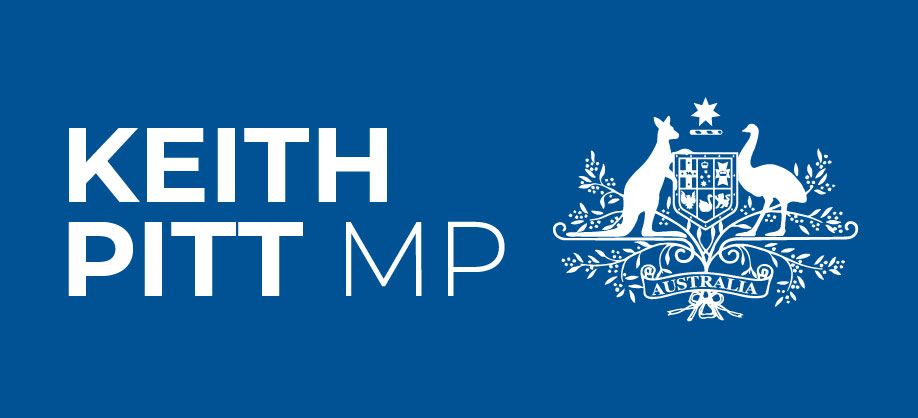Local Drug Action Team rolling out to tackle drug use
Community groups are joining forces under a Coalition Government plan to deliver targeted local action to help tackle drug use and addiction.
In the latest offensive against the scourge of ice, the first 40 Local Drug Action Teams have been announced to tackle the challenges being faced by their community caused by ice and other drugs.
“One of the Local Drug Action Teams – Stepping Black Indigenous Corporation based in Hervey Bay – will roll out a program in conjunction with Eidsvold State School’s secondary students,” said Member for Hinkler Keith Pitt.
Across Australia, more than 160 partnerships have been formed between local councils, service providers, schools, police, sporting groups and non-government organisations to bring these teams together to prevent and reduce the harms of drugs.
Over the next three years, 220 Local Drug Action Teams (LDAT) will be established across the country and supported by the Alcohol and Drug Foundation to develop locally focused and responsive action plans to reduce the impact of drugs, with a particular focus on the drug ice.
“The Coalition Government is providing $19.2 million funding to the Alcohol and Drug Foundation for the LDAT program,” said Mr Pitt.
“These teams will be focused on delivering local health promotion, community-led education and mentoring programs, early intervention and prevention programs, and providing support for vulnerable people to minimise their risk of alcohol and other drug related harms.”
Federal Member for Flynn, Ken O’Dowd said many in Flynn were concerned about the rise of ice in the bush.
“It used to be that drugs weren’t really a problem in the bush, more of a city problem. With the rise of ice, this just isn’t the case anymore.
“Rural communities are under real stress worrying about how to deal with such an insidious problem and I’m proud to be part of a government helping communities implement programmes to tackle the scourge of ice.
“Stepping Black’s project will work to engage with young people in Eidsvold, using 12 video vignettes created by local high school students to help address the school’s and community’s core principles,” said Mr O’Dowd.
The base content will be around identified areas of concern such as: school attendance; safety, respect, responsibility and learning; alcohol and drugs (“it’s okay to so no”); domestic violence (“not now, not
ever”); behavioural attitudes and bullying; social and personal interactions (“love bites”); solid pathways and deadly choices.
The LDAT initiative is part of the Coalition Government’s investment of $298 million investment over four years to combat illicit drug and alcohol use.
Australians are proportionally using more methamphetamine, including ice, than almost any other country. Conservative estimates suggest there are more than 200,000 ice users in Australia.
“We have already made significant investments in policing our borders and our streets to combat the supply of ice. The AFP has seized over 12 tonnes of methamphetamine since January 2013. This includes 486kg in Queensland.
“But we cannot simply arrest our way out of the ice problem – we must also work to reduce the demand for this drug.
“The rollout of Local Drug Action teams was a key action under the National Ice Action Strategy in response to the recommendations of the National Ice Taskforce, to increase community engagement and action to reduce the harms of drugs,” said Mr O’Dowd.
A new web-based information toolkit will also provide communities with information about ice, including the harms associated with use, and information about accessing services and support.
The toolkit is available online at cracksintheice.org.au and provides tailored information for community groups, families and friends of individuals using ice, parents, teachers and students, as well as frontline service providers.
For more information about Local Drug Action Teams, visit: www.adf.org.au/ldat
For more information about Cracks in the ice, visit: www.cracksintheice.org.au

